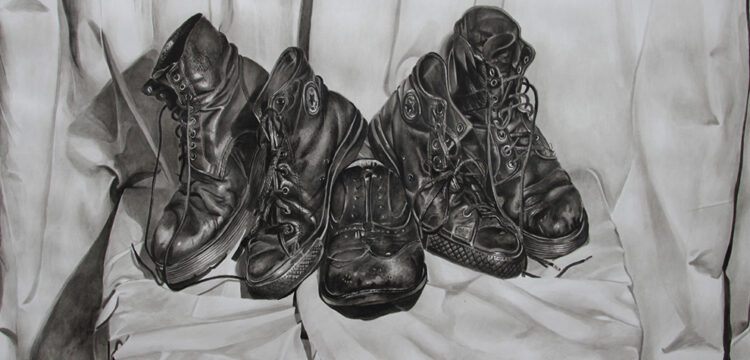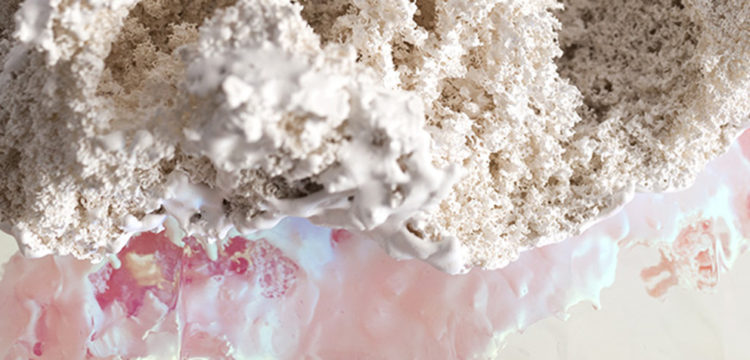Time Regained
On falls and new discoveries
This text accompanied the exhibition L’ora del lupo (Hour of the Wolf) by Dario Carratta e Giovanni de Cataldo at SPAZIOMENSA, in Rome.
Few days ago on a train I started reading the first of three books that I’ve been carrying around for months and never managed to open. The will to read them wasn’t in sync yet—not so much with the urge to do it, rather with a time that felt mature.
I’m reminded of how the Domus Aurea was rediscovered at the end of the fifteenth century after a long period of oblivion: by a boy falling accidentally into a hole, as he walked on the hill above the site. The falling is as important as the discovery: an image of a process related as much to a sense of motion, as to the accident of being there and finding.
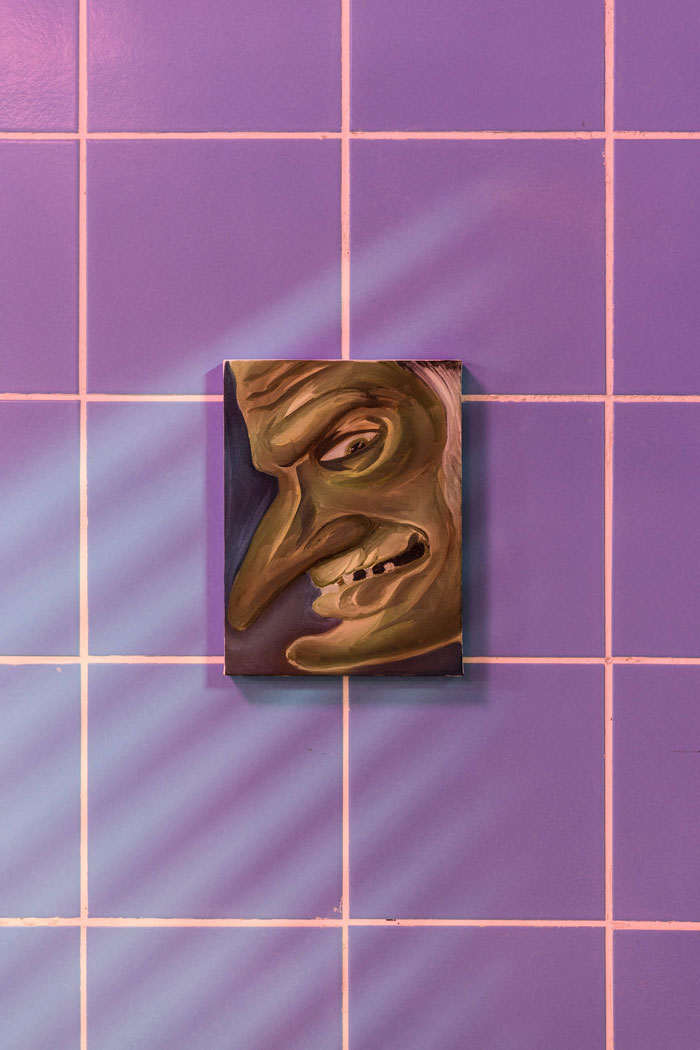
While my eyes would greedily scroll through these lines, I felt a strong necessity to turn my gaze toward the train window to look at the landscape that was flowing fast along my thoughts. I can remember it clearly. I used to study it. It pinned itself in a recess of my memory to be with me again now, keeping me company. It was still surrounded by many other images and memories (perhaps mental constructions projected onto shreds of reality I have filled in) including a rather bizarre one of two animated kids—a boy and a girl, both blonde—who dive into a hole in the ground, plunging into another dimension.
I don’t know if this anime—obviously of Nipponese origins but related to Italian afternoons spent with some tragic-androgynous-robotizing brainwash, in this perennial search for a lost someone—has any connection to reality. I spent an entire evening looking online for it, unsuccessfully. I found a similar one where, however, there is a portal instead of the hole in the ground. Whether this reality is drawn or imagined, however, there is no doubt that it is always a fall to lead to new discoveries. Mistakes, failures and set-backs are heralds of both pain and true revelations.
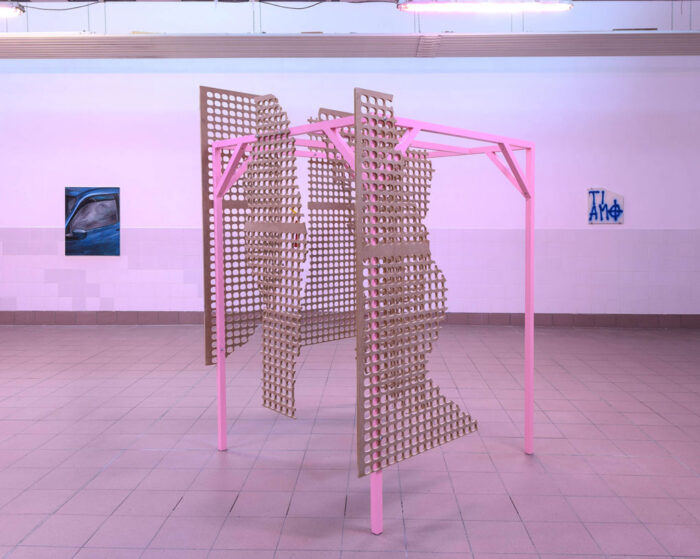
This “grotesque” notion of a boy who falls into a cavity, while taking a walk on Colle Oppio, (today, after the monument has been cleared of the earth that Trajan wanted as a foundation for his baths, together with roots and centuries-old waste, we know that those holes belong to the ceilings from which flowers and perfumed essences were poured down) and finds himself surrounded by the frescoed walls of Nero’s Domus Aurea, has something so wonderful that it seems to have been made up. Anyhow, it is certain that Raphael and his companions made excursions into those caves, to study their decorations by torchlight and to transfer them to the ceilings above papal and cardinal heads: the birth and diffusion, precisely, of the grotesques. As good contemporaries, Raphael & Co. wanted to affix their permanent “I have been here” on those precious frescoes through their signatures. Needless to say, those signatures today are considered basically sacred but they were neither more nor less than the 16th century version of today’s graffiti, meaning that the original New York urge to place them as tag forms on walls, subway cars and whatever else, in order to claim an otherwise anonymous territory.
From the discovery of the Domus Aurea to the Renaissance graffiti and the cartoon of the early eighties, thanks to the visual stimulus of the moving landscape framed by the train window on my right, soon another memory-thought was coming through, concerning sleep.
At least once in our lives, we all have woken up with a jolt. Usually following an unfortunate flight attempt in which the inevitable impact with the ground is faithfully reproduced in reality with a very sudden and abrupt motion of the whole body, followed by an accelerated heartbeat. An actual fall, indeed. Unfortunately, it is inevitable for me to note the total absence of dreamy aerial visions for many years, but to suffer instead, in certain periods, acute and almost violent calls from sleep of a different nature.
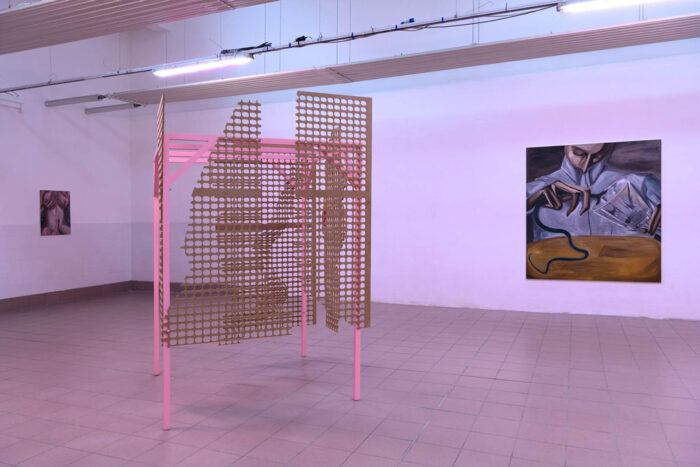
That same day, on the return journey by rail, I decided to start a completely different book, a novel. The author is talking to me:
Every time I would fall asleep […] a few seconds would pass and I would wake up with my heart beating fast, covered in sweat, pervaded by the feeling of having glimpsed something so intolerable that I would run away from sleep as one would pull back a hand that unintentionally touched the fire.
I’m not at all sure that what wakes me up is something awful that was glimpsed in my sleep. For me it is reality itself that does not want me to slumber at all. And yet I’m tired, deprived of energy.
It requires me, continuously, to look at it in the face, this reality. It demands constant attention. Often at a night time, between pitch dark and dawn, at the Hour of the Wolf.
Since the pulse proceeds rapidly and at times I am also drenched in sweat, I first calm myself through my breathing and try to sleep again embracing the softness of the pillow, which promises soft escapes. As soon as I close my eyes, the tiredness is such that, for several seconds, I finally go away.
Eyes wide open, heart pumping.
Again. Wake up.
The beats are too fast.
I need to get up, walk. In darkness.
A scene clearly emerges. What is it? A strange construction made of iron. It would look just like the fruit and vegetable stand that stood on the square in front of my parents’ house in the 1980s. At night, however, it was a strange dwelling. How am I supposed to remember that? It seems impossible.
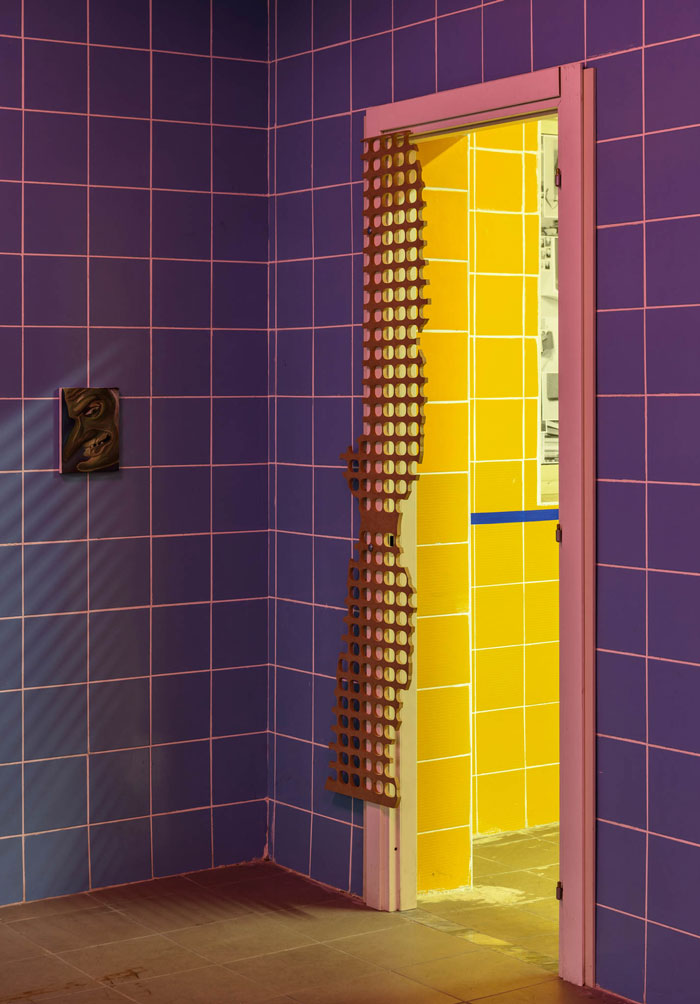
Bodies perched like vultures are sitting on the structures that in daylight, instead, were cheerfully lit by the colors of nature. Vultures, yes. Sitting there because there were no benches. Actually, they themselves were the vandalistic architects of the presence of skeletal benches on the square. But they had to sit down too, didn’t they? Like a flock, they clung to that scrap metal, black silhouettes in the black, waiting for some broken soul.
All right. I try, again, to position myself horizontally. But my body is shaking. I feel like I am being watched. From the corner of my eye I catch a movement.
This has been happening to me a lot lately. During the day I simply blame this on being overly tired, on eyelids flickering, on old age advancing and producing some premature and abnormal protein buildup in my brain.
At night, though, I become certain there is something that wants to talk to me. Someone. Maybe I even know who it is. All I can do is to rely on that hand that pulls me out of sleep and to let it guide me through the many presences that are all too talkative in that rush hour, into the cave of regained time.
The italics belong, in order of appearance, to:
Daniela Cascella, En Abîme: Listening, Reading, Writing. An archival fiction, Zero Books, London 2012, p. 106.
Emanuele Trevi, Due vite, Neri Pozza Editore, Vicenza 2021 [2020], p. 92. English translation by the author.
Hour of the Wolf: 1966 film by Ingmar Bergman and title of the exhibition by Dario Carratta and Giovanni de Cataldo at spaziomensa (Rome, Autumn 2021).


